Well timed: inside the new Audemars Piguet museum
Swiss watch brand celebrates past and present in architectural marvel
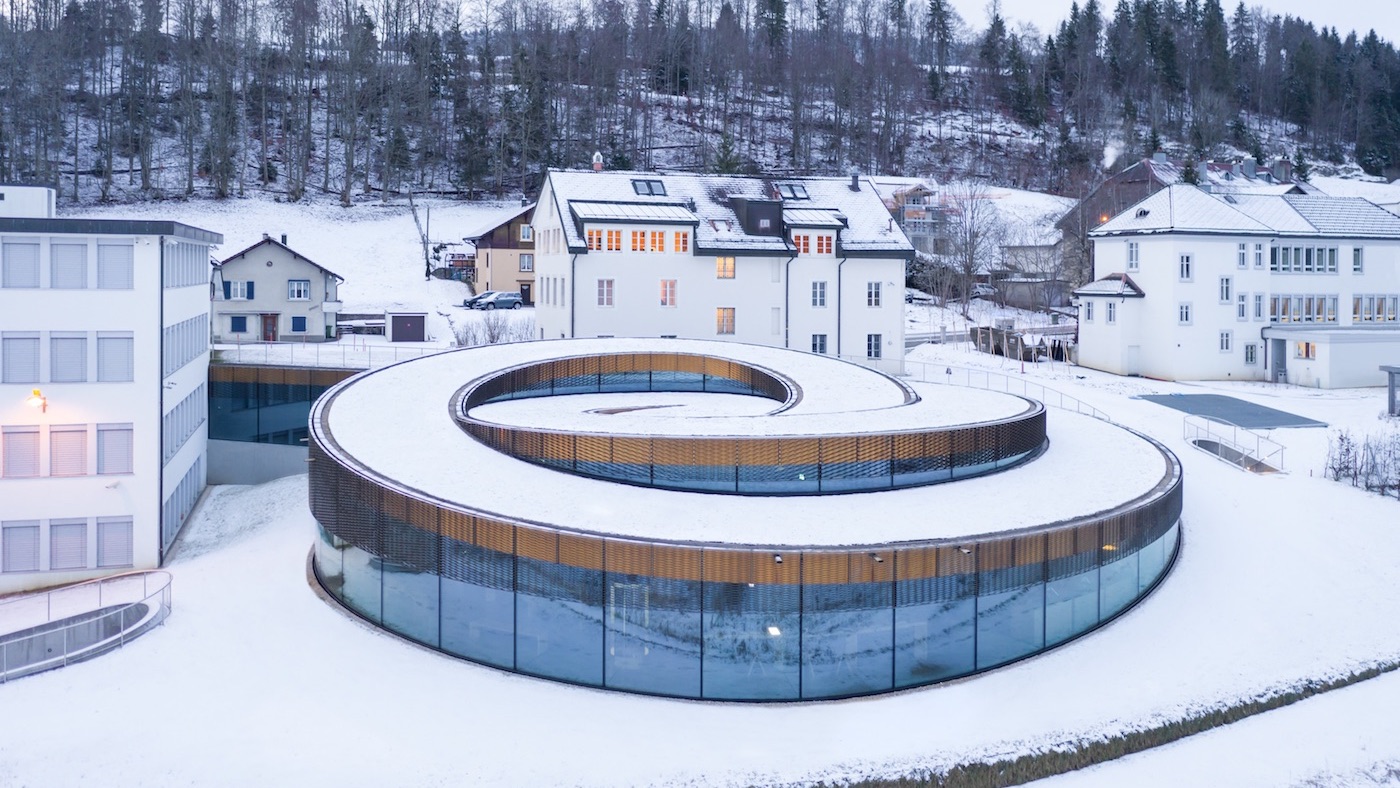
Sébastian Vivas describes the feeling one has upon first seeing the Musée Atelier Audemars Piguet. An impressive but not imposing piece of spiralling architecture, the museum marries the brand’s original and historical Founder's House watchmaking workshop from 1875 – when Jules Louis Audemars and Edward Auguste Piguet formed their business - with a forward-thinking and welcoming space in the Swiss Jura Mountains, north of Geneva. “There is something special happening at that moment,” Vivas observes of visitors’ initial reactions upon arriving in the village of Le Brassus, in the Vallée de Joux, which is known for its horology heritage and beautiful landscapes. “From the outside, the building is very elegant and very well integrated. Most of the visitors come in advance and go around the building. They want to photograph it.”
An Instagram opportunity is an intriguing proposition for a world steeped in such tradition and exclusivity. “And it’s surprising for us because we are not used to that, to people going around taking pictures.” But, with sweeping glass walls that appear as though they have burrowed up from the ground in perfect formation and a winding roof conceived as a single sheet of brass-coated steel (a technical feat emblematic of the balance spring in a timepiece), it shouldn’t be.
The contemporary spiral-shaped glass pavilion was dreamt up and presented by the Danish firm Bjarke Ingels Group (BIG) in 2014. It has been designed to withstand the harsh temperatures of the local climate and, pertinently, to combine time with design. “This is the reason why we really fell in love with the building,” explains Vivas, who joined Audemars Piguet as the make’s heritage and museum director in 2012 – about the same time that plans for a new museum began. The Swiss luxury watchmaker launched an architecture competition in 2013. “In the field of architecture, it [the new building] was telling the same story of complexity,” he praises of its realisation. Audemars Piguet’s museum artfully combines light, gravity and movement.
The Week
Escape your echo chamber. Get the facts behind the news, plus analysis from multiple perspectives.

Sign up for The Week's Free Newsletters
From our morning news briefing to a weekly Good News Newsletter, get the best of The Week delivered directly to your inbox.
From our morning news briefing to a weekly Good News Newsletter, get the best of The Week delivered directly to your inbox.
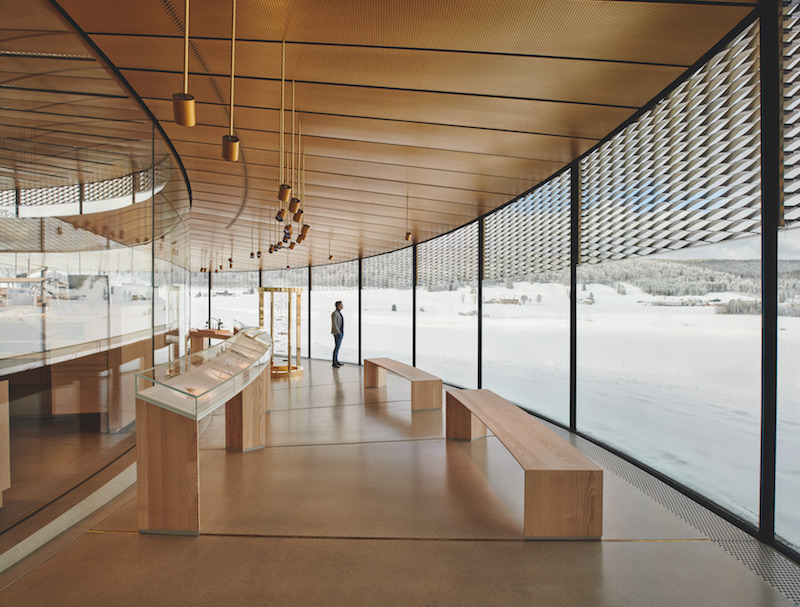
Load-bearing glass, for example, integral to the design and precise to the millimetre, meant there was no room for error. The idea of having a museum, however, had been planted long before all of this. “It’s about sharing with our clients and with our partners who we are and what we do,” explains Vivas. “We can see it started in the 19th century when Piguet and Audemars started to travel with their suitcases and show what they did. It took time to build a network of clients and distributors, who [then] also came back [here] to see the way the watchmakers worked.”
A “museum” really began to take shape in the 1990s. It was in 1992 that the first room dedicated to Audemars Piguet historical watches was opened, part of a long-term vision to show the technical prowess of the product. For example, of approximately 1,500 or so watches produced between 1882 and 1892, more than 80% are recorded to have included at least one complication; and, up until 1951, when the concept of a “model” was introduced, each watch had been made unique - though Audemars Piguet still champions the production of small series to enable the ultimate in craftsmanship.
It was in 2004 that the exhibition room was enlarged to become a museum and by 2012, with the expansion of the company, there came the need to expand the offering once more. “So it started with this question: how to offer our clients, to our visitors, the best experience so that they can feel the heart of Audemars Piguet?” Vivas says. “We wanted the building to be both highly emblematic, visible, memorable and entirely integrated into the local environment to pay tribute to the beauty of the [surrounding] nature.”
Three core pillars therefore provided the criteria for its design. First was the family. Audemars Piguet is a family-owned company, still independent today, something which is extremely important to the brand. Family also extends to count the brand’s community of customers and its highly skilled watchmakers. Second, the transmission - by which is meant the intergenerational sharing of technical know-how and passion of watchmaking, and the skills to repair both current and future creations. And lastly was the idea of an oxymoron. “Really, it’s about combining opposites,” Vivas explains. The local company with deep roots in its small valley home, at once isolated and connected to the world; the tradition of specialist knowledge on the one hand and an embrace of cultural influence on the other. “Local and international; past and future,” he says. Arguably, it’s this last attribute, a summary perhaps of the previous two, that has become Audemars Piguet’s most important guiding principle.
A free daily email with the biggest news stories of the day – and the best features from TheWeek.com
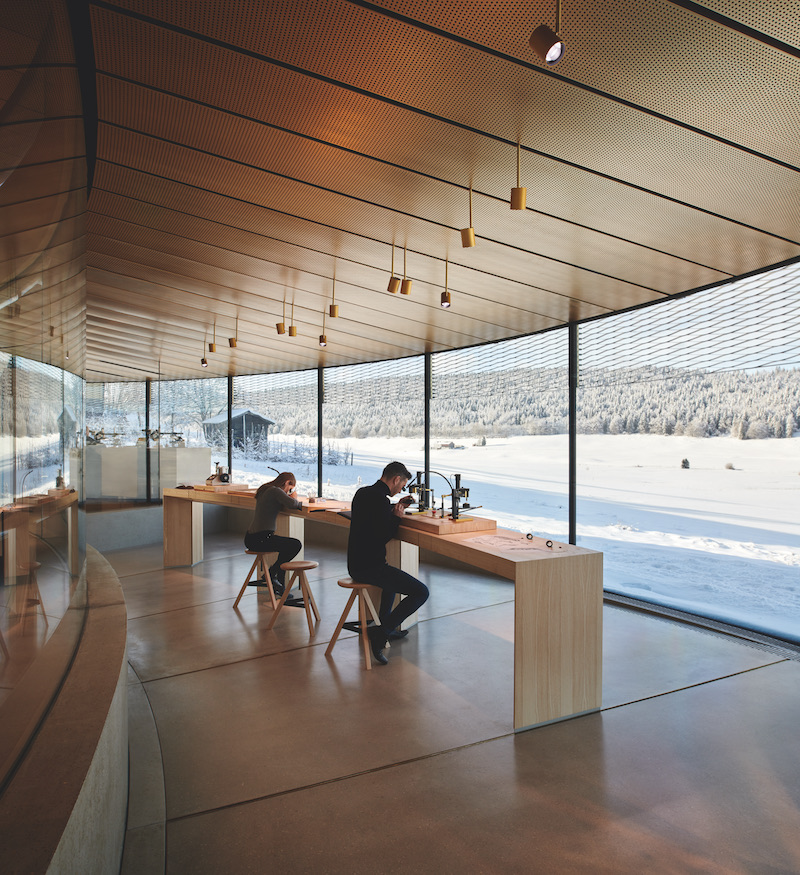
And once through the museum’s doors, all these elements become apparent. The original atelier, warm with wood panelling and the story of the founding history, has been carefully restored and is now surrounded by Audemars Piguet’s new chapter, including exhibition spaces, a masterclass room and an acoustic lab. The eye rests on celebrated designs (there’s the 1899 Universelle complete with 21 functions, 13 hands and 1,168 components), the landscape outside and the watchmakers busy at work.
“The love and the passion for the craft and skill is there,” Carolina Bucci tells me. The Italian fine jewellery designer began working with the watchmakers in 2016 on a reinterpretation of its iconic Royal Oak design, a personal favourite of hers. It was a partnership that continued again in 2018.
This month, she will launch the third phase of this relationship for sale at Audemars Piguet’s global network of boutiques. A collection entitled K.I.S.S. (meaning Keep It Super Simple), her designs take the balance spring as inspiration to create jewellery. “The skill required to make this piece is intensive,” she recognises and recalls a visit to Le Brassus in which she discovered just that. “I was in the workshop and the master watchmaker was on the floor in his white coat and I said, ‘what are you doing?’. They had dropped a balance spring on the floor and had been looking for it for two days. My natural reaction was, ‘well, can’t you just make another one?’ That was met with, ‘it takes a week!’.”
Which is the beauty of the museum, says Vivas. “It’s made for everybody. It’s not made only for connoisseurs or for collectors, but also for people who had no idea what a watch is. It’s full of small experiences and playful elements. The idea is to have fun and to feel this emotion, the pleasure of the mechanics.”
And the Audemars Piguet family spirit has proved to enhance the visitor experience even more during this current climate. Though meant to have opened back in April to great festivities and celebrations, the museum obviously couldn’t and chose instead to get on and open to the public in June. “When you ask people at the end of their journey ‘what did they enjoy the most?’ – nobody has the same answer,” says Vivas. Exactly the kind of feedback he likes.
-
 How will China’s $1 trillion trade surplus change the world economy?
How will China’s $1 trillion trade surplus change the world economy?Today’s Big Question Europe may impose its own tariffs
-
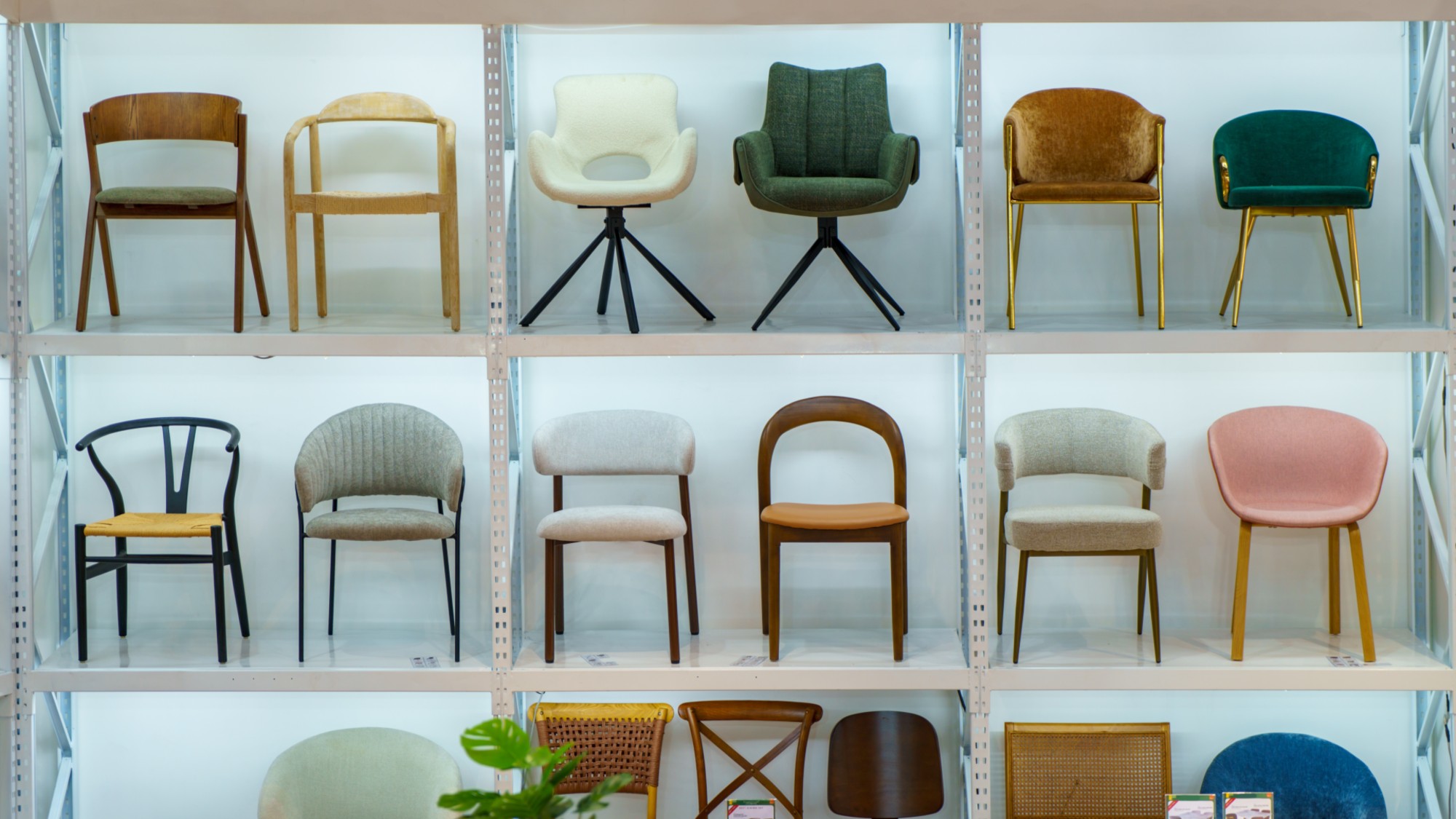 ‘Autarky and nostalgia aren’t cure-alls’
‘Autarky and nostalgia aren’t cure-alls’Instant Opinion Opinion, comment and editorials of the day
-
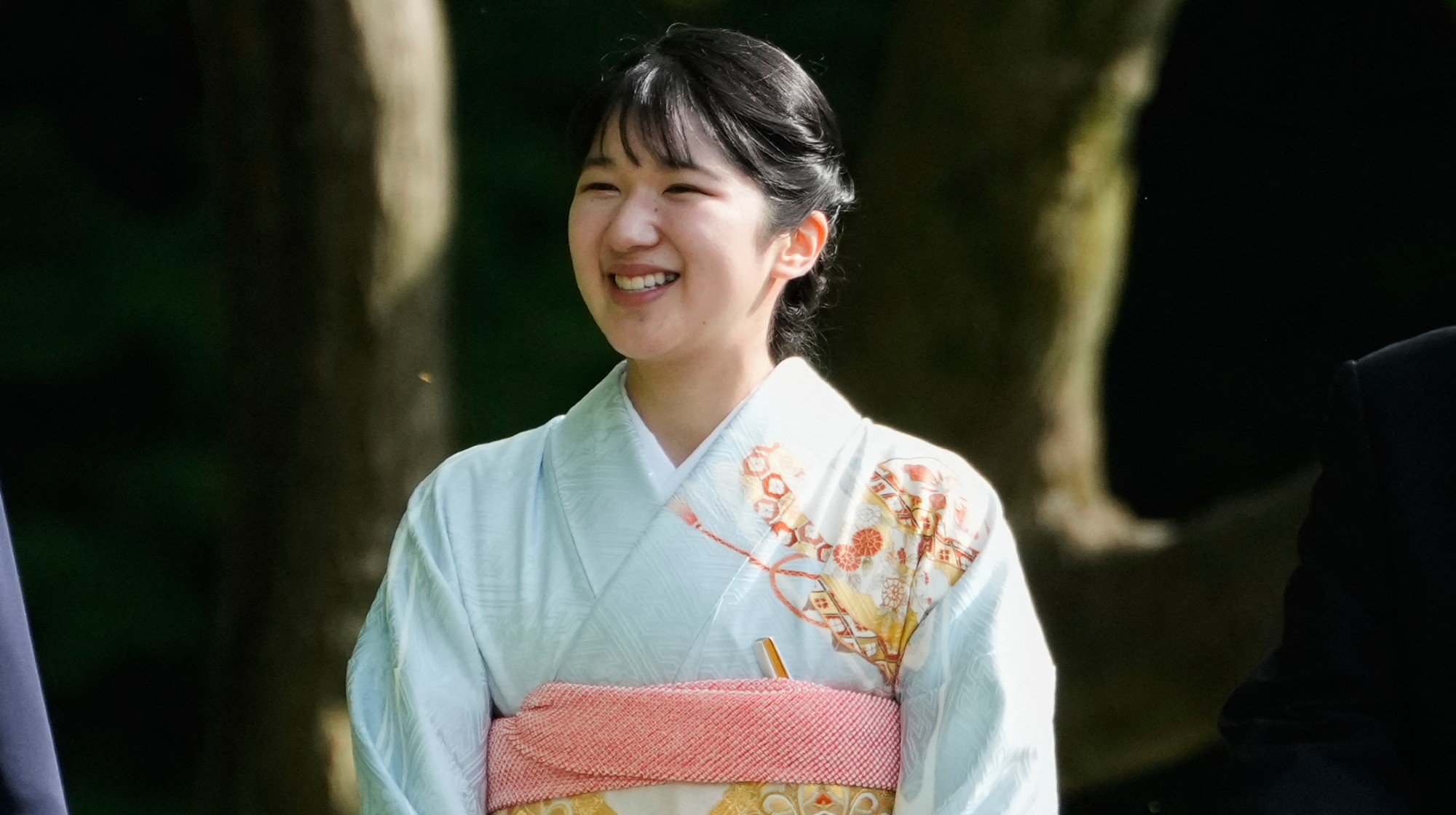 Japan’s Princess Aiko is a national star. Her fans want even more.
Japan’s Princess Aiko is a national star. Her fans want even more.IN THE SPOTLIGHT Fresh off her first solo state visit to Laos, Princess Aiko has become the face of a Japanese royal family facing 21st-century obsolescence
-
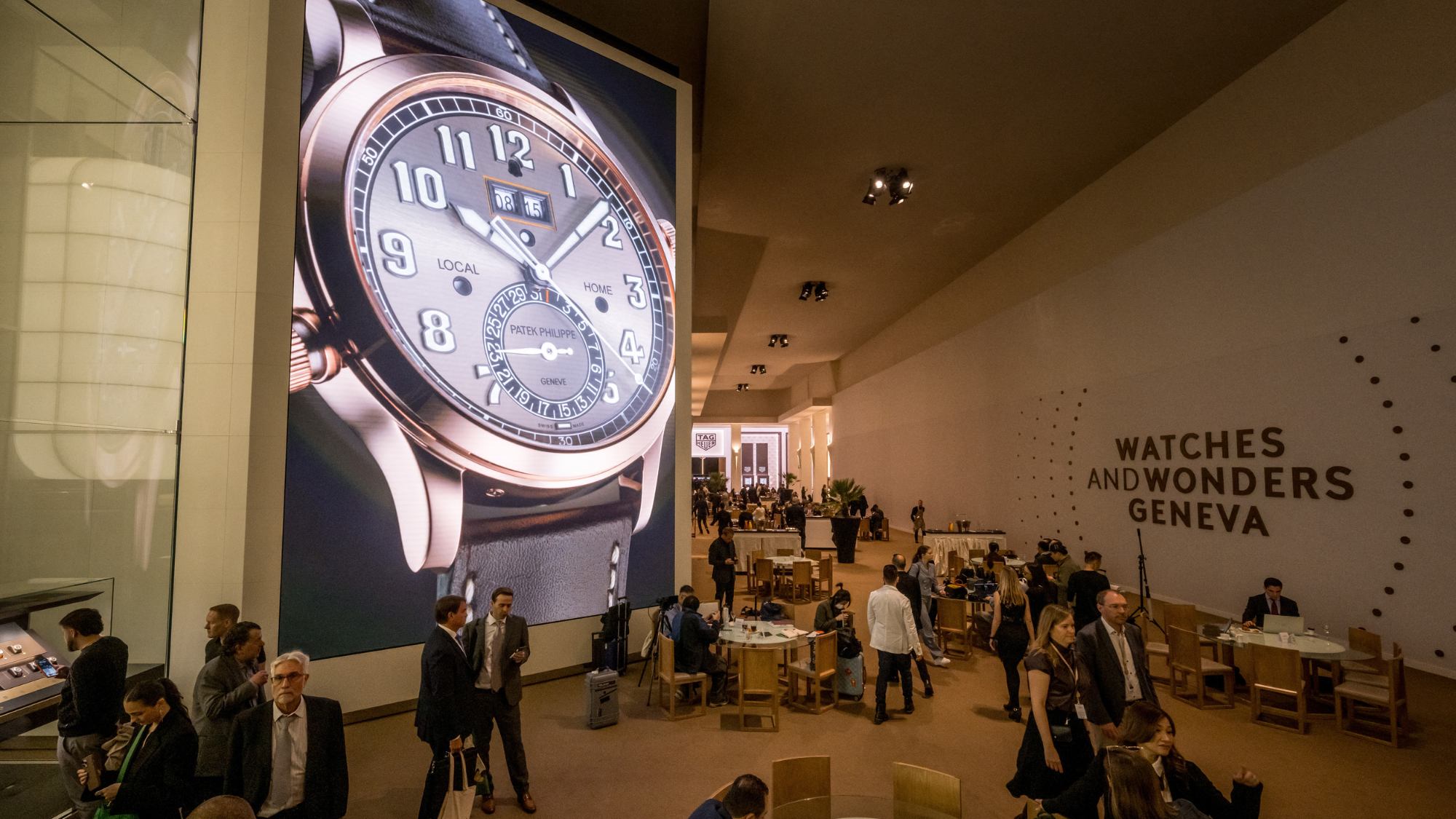 Five top new women's watches
Five top new women's watchesThe Week Recommends From dancing diamonds to reconfigured classics, these models were recently revealed at Watches & Wonders Geneva 2024
-
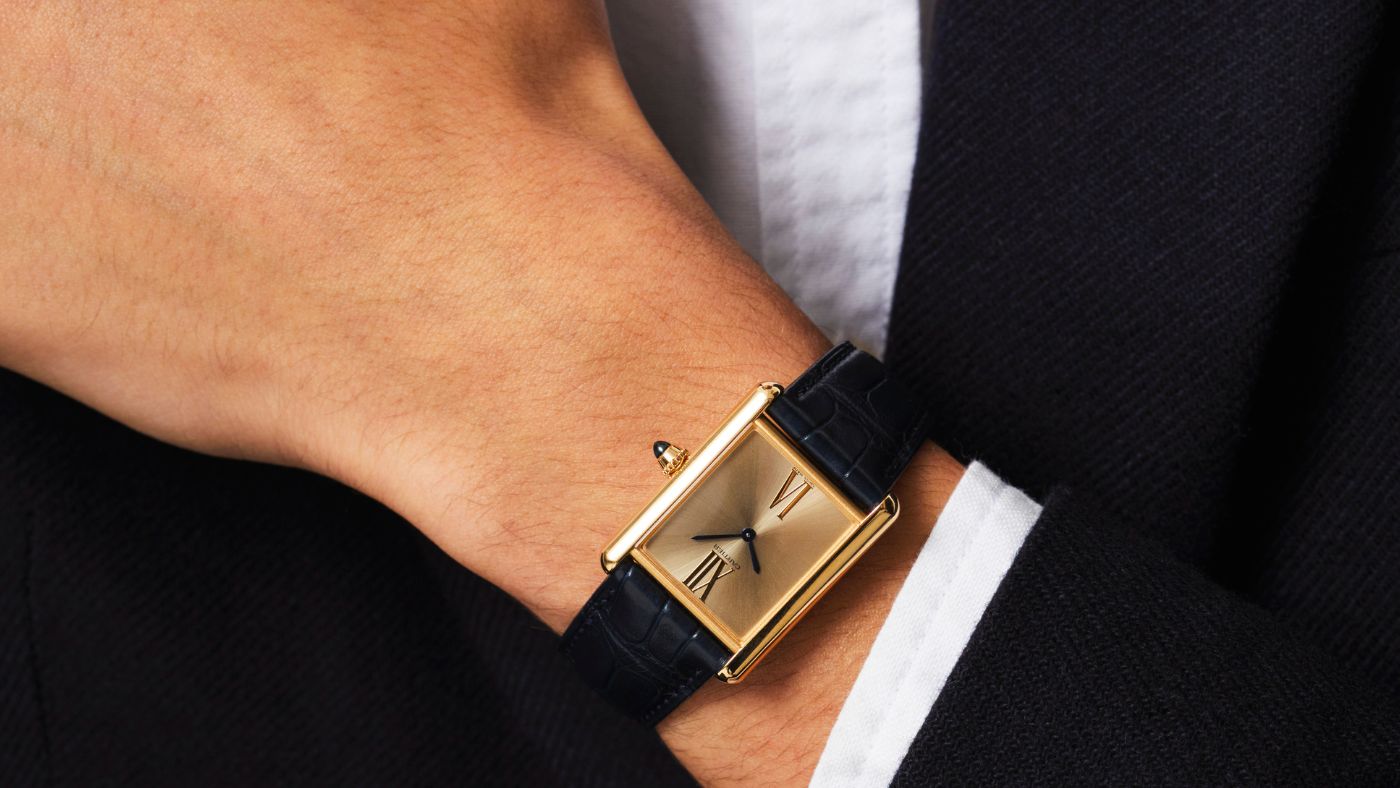 Five high-end watches that tell a story: from Cartier to Bulgari
Five high-end watches that tell a story: from Cartier to BulgariThe Week Recommends These limited-edition watches from top watchmakers imbue classic designs with a fresh sense of creativity
-
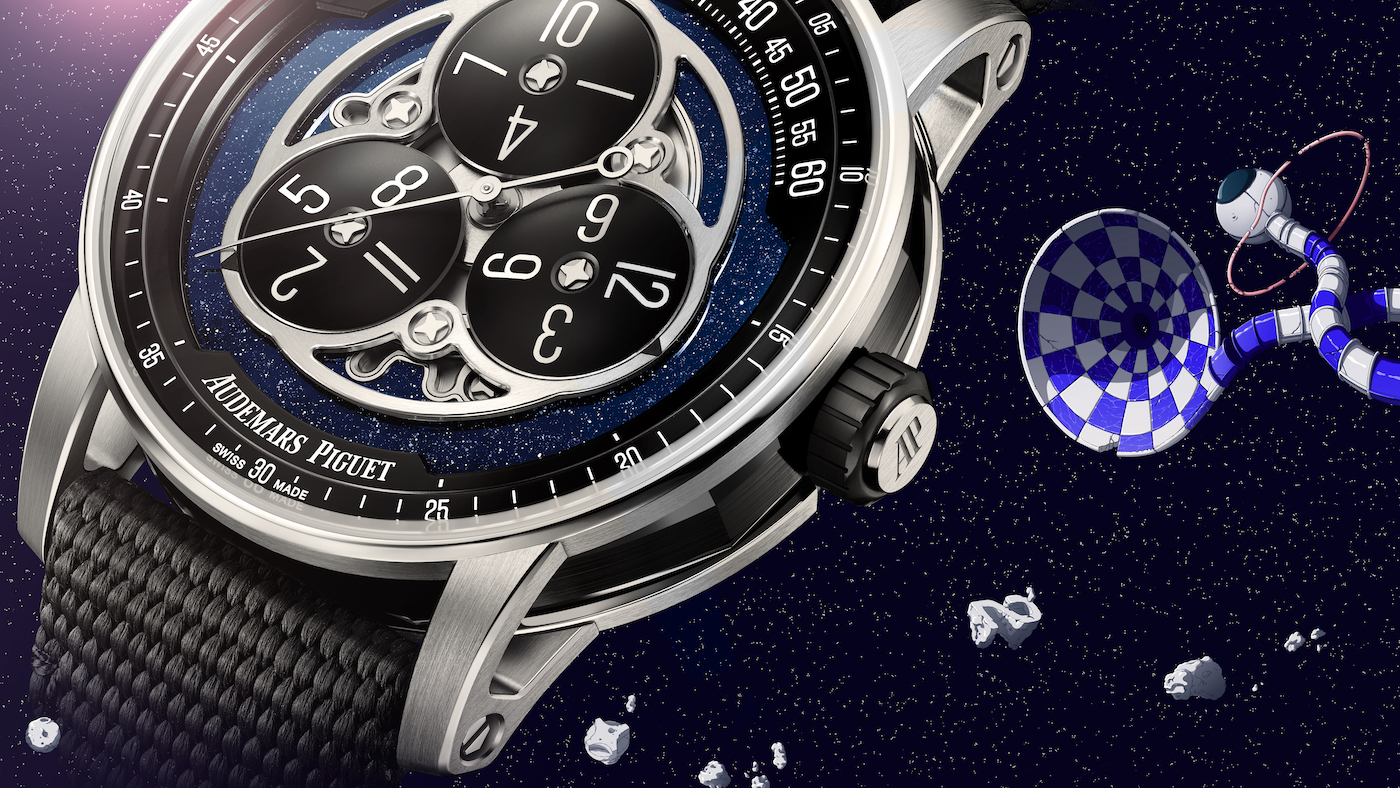 Wandering star: Audemars Piguet’s new Code 11.59 Starwheel watch
Wandering star: Audemars Piguet’s new Code 11.59 Starwheel watchfeature Engmatic and alluring, this timepiece has a suitably spiritual backstory
-
 Sport on TV guide: Christmas 2022 and New Year listings
Sport on TV guide: Christmas 2022 and New Year listingsSpeed Read Enjoy a feast of sporting action with football, darts, rugby union, racing, NFL and NBA
-
 House of the Dragon: what to expect from the Game of Thrones prequel
House of the Dragon: what to expect from the Game of Thrones prequelSpeed Read Ten-part series, set 200 years before GoT, will show the incestuous decline of Targaryen
-
 One in 20 young Americans identify as trans or non-binary
One in 20 young Americans identify as trans or non-binarySpeed Read New research suggests that 44% of US adults know someone who is transgender
-
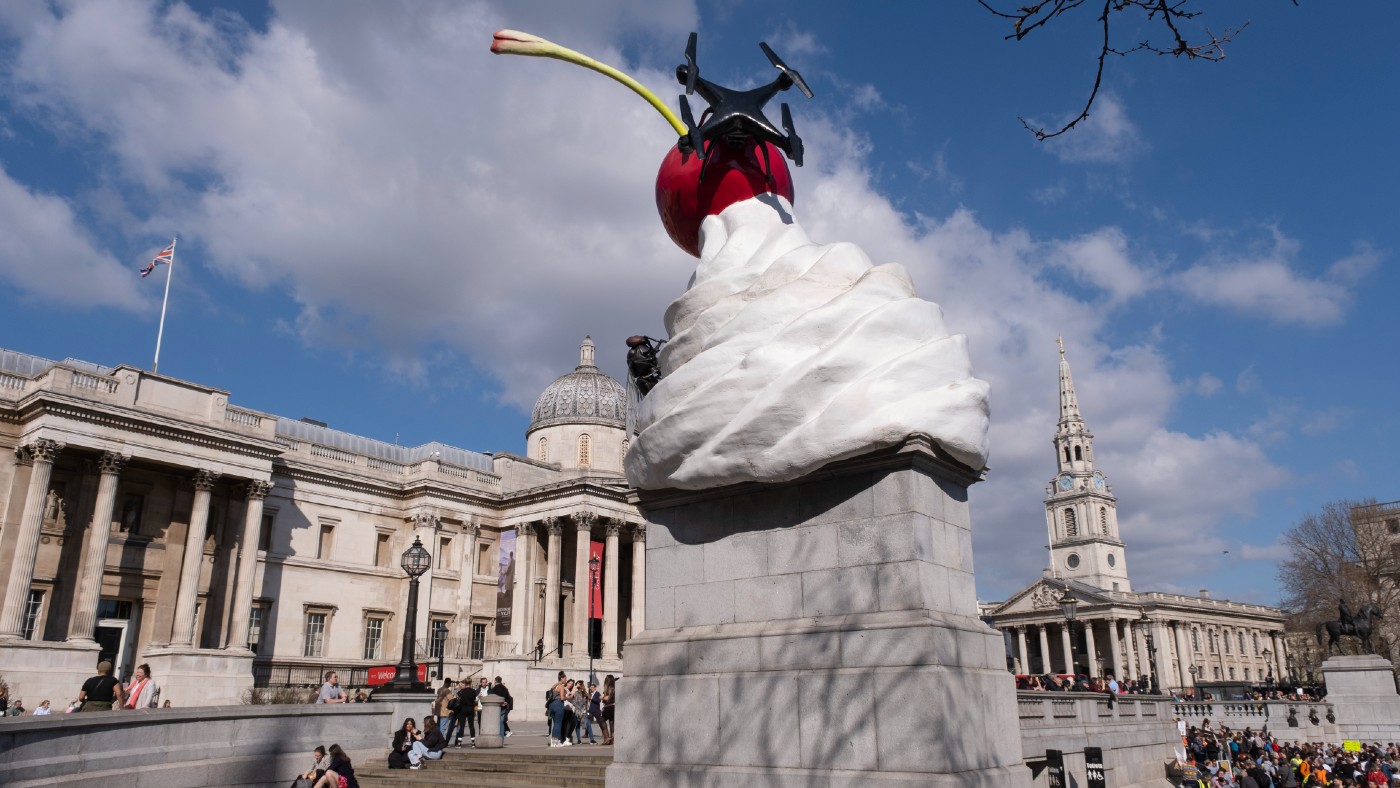 The Turner Prize 2022: a ‘vintage’ shortlist?
The Turner Prize 2022: a ‘vintage’ shortlist?Speed Read All four artists look towards ‘growth, revival and reinvention’ in their work
-
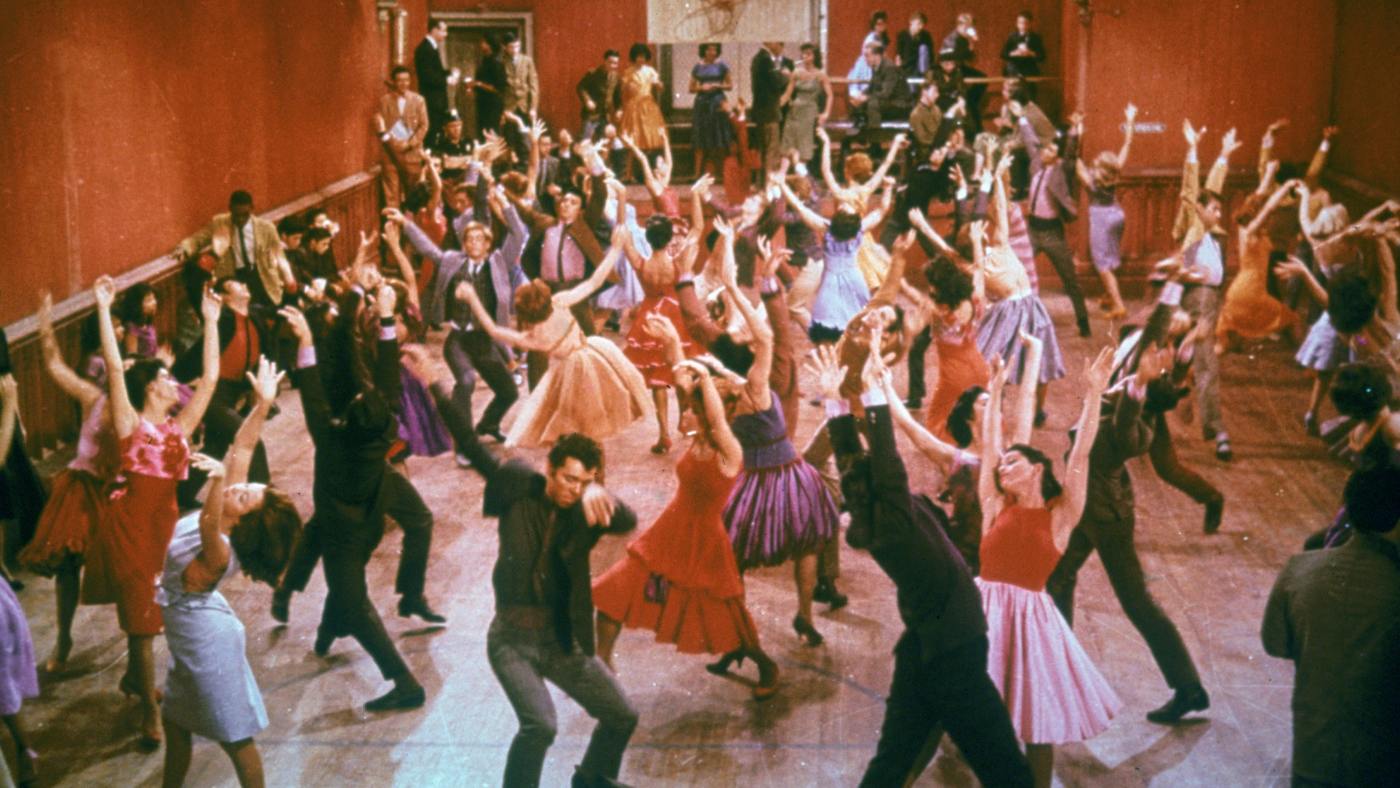 What’s on TV this Christmas? The best holiday television
What’s on TV this Christmas? The best holiday televisionSpeed Read From films and documentaries to musicals for all the family